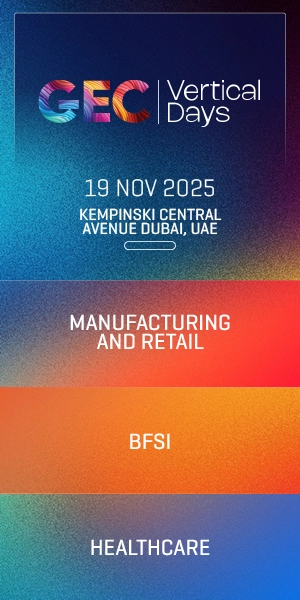Gartner forecasts that 310.4 million wearable devices will be sold worldwide in 2017, an increase of 16.7% from 2016. Sales of wearable devices will generate revenue of $30.5 billion in 2017. Of that, $9.3 billion will be from smartwatches. In 2017, 41.5 million smartwatches will be sold. They are on pace to account for the highest unit sales of all wearable device form factors from 2019 to 2021, aside from Bluetooth headsets. By 2021, sales of smartwatches are estimated to total nearly 81 million units, representing 16 percent of total wearable device sales.
Revenue from smartwatches is bolstered by relatively stable average selling prices of Apple Watch. “The overall ASP of the smartwatch category will drop from $223.25 in 2017 to $214.99 in 2021 as higher volumes lead to slight reductions in manufacturing and component costs, but strong brands such as Apple and Fossil will keep pricing consistent with price bands of traditional watches,” said Angela McIntyre, Research Director at Gartner.
Apple will continue to have the greatest market share of any smartwatch provider. However, as more providers enter the market, Apple’s market share will decrease from approximately a third in 2016 to a quarter in 2021. We expect other consumer electronics brands such as Asus, Huawei, LG, Samsung and Sony to sell only 15% of smartwatches in 2021, because their brands do not have as strong an appeal as lifestyle brands for personal technologies.
In 2017, 150 million Bluetooth headsets will be sold, an increase of 16.7% from 2016. Sales will increase to 206 million units in 2021, meaning Bluetooth headsets will remain the most sold wearable device through 2021.
Head-mounted displays account for only 7% of all wearable devices shipped in 2017, and will not reach mainstream adoption with consumers or industrial customers through 2021. “Current low adoption by mainstream consumers shows that the market is still in its infancy, not that it lacks longer-term potential,” said Ms. McIntyre.




















